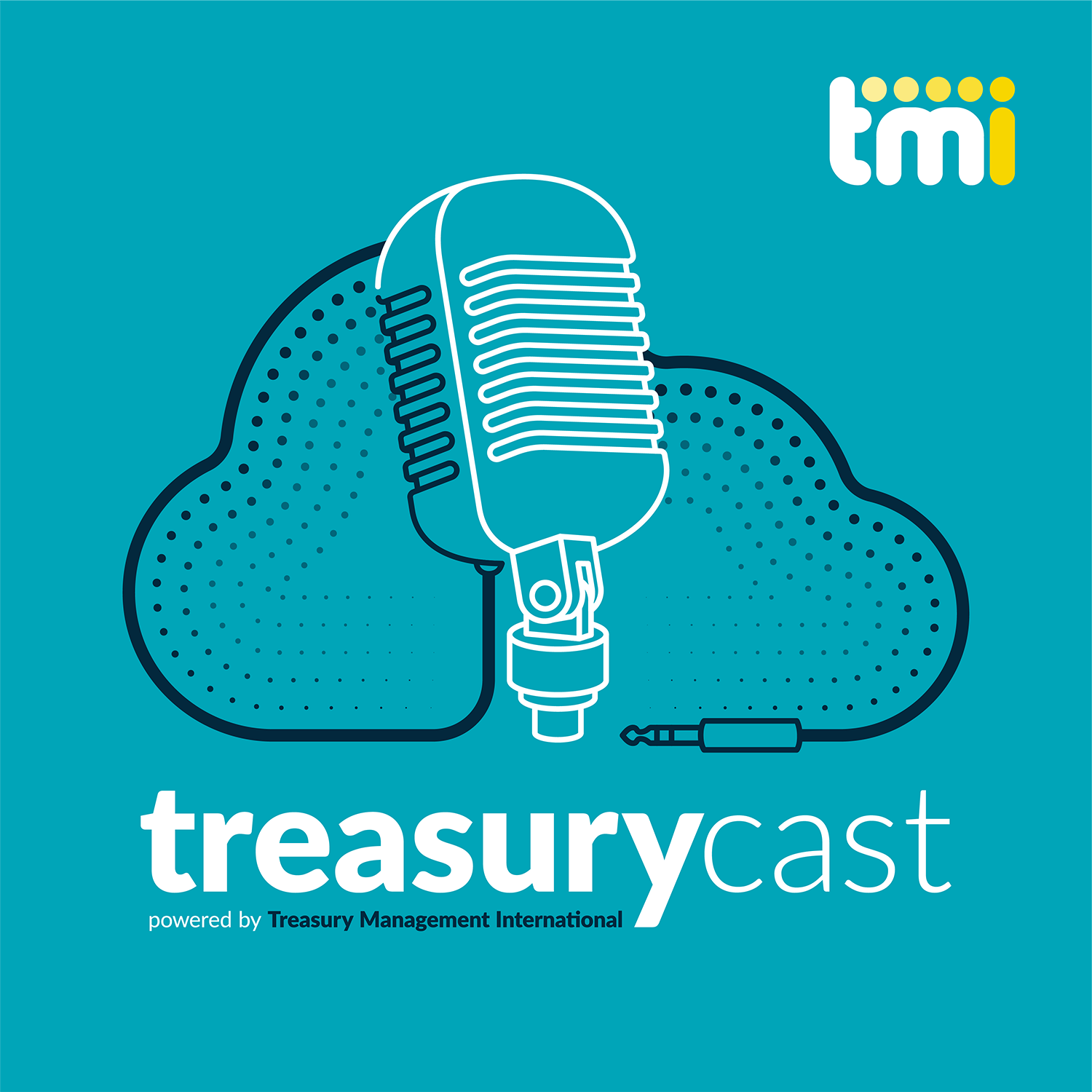Asia is poised to ignite a decade of global trade growth and be the starting point for a quadrupling of worldwide exports to an estimated US$68.5 trillion by 2050, according to new forecasts in HSBC’s landmark Trade Winds report.
Led by a burst of intra-Asian trade that will lift the region’s share of global exports to 27 percent by 2050 from 17 percent at present, the surge will mark a third wave of globalisation anchored by new technologies and increasing economic integration.
“The importance of trade’s contribution to global growth and prosperity cannot be underestimated. Asia’s position at the leading edge of technological and supply chain innovation gives the region a unique opportunity to benefit from this next wave of globalisation,” Paul Skelton, HSBC’s regional head of Commercial Banking, Asia Pacific, said.
Nimble networks of micro-multinationals that create their own specialised value chains will be at the core of a drive for prosperity that promises to take nations out of poverty and improve quality of life across the world, says the report commissioned by HSBC Commercial Banking and compiled by Oxford Economics.
“The next few years should carry the global economy into the next wave of globalisation, critically underpinned by sophisticated and pervasive digital technology that reduces international trade barriers, improves communication between cultures, levels the playing field for entrepreneurs and startups, and forms the foundation for an “always-on” global economy,” the report said.
Trade Winds looks back in time to uncover the key drivers of trade over the past 150 years, analyses how these drivers impact us today and forecasts how they will shift the world in the future. It aims to provide practical insight and considerations for the business leaders HSBC works with around the world by helping them plan forward to 2050 through the lessons learnt from the past 150 years of world trade.
The report identifies three distinct waves of trade development, the first from 1865 to 1913, the second from 1950 to 2007 and the third set to run from 2015 to 2050. The map of world trade created by this third wave of globalisation may look very different from today’s, as shifting demographics and economic catch up — with almost 3 billion people joining the middle class by 2050, most of whom will be in emerging markets — lead to significant shifts in trade patterns.
Asia-Pacific’s share of global exports is forecast to rise from around a third in 2015 to 46% in 2050. Western Europe’s share is expected to decline from 34% to 22%, and North America’s to fall from 11% to 9%.
China should extend its lead as the world’s leading exporter, with its growing influence in Asia further extended by projects such as the ‘One Belt, One Road’ initiative and the Asian Infrastructure Investment Bank (AIIB). India also has the potential for strong growth, and is projected to outpace China. The report expects growth in merchandise exports from India to average 6% a year in 2025–50, compared with just under 5% a year for China.
The report identifies four “trade winds” that will drive opportunity for the business leaders of today and tomorrow: the march of industrialisation and a shift to mass customisation; plummeting transport and logistics costs; further liberalisation of trade policy; and the evolution of more nimble business operating models.
This is the first report of its kind and combines a thorough analysis of data from key trading nations by Oxford Economics, with commentary from business thought leaders.
“Over the next 35 years, the four trade winds will continue to drive innovation and new thinking to help companies thrive and compete in a highly volatile and fast-paced global market,” the report said.





